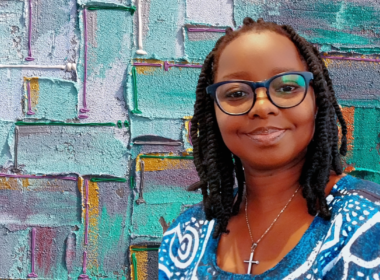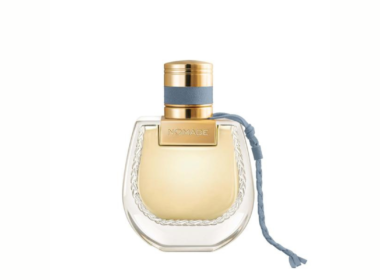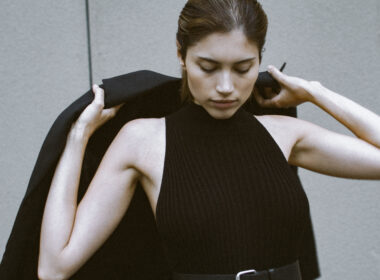Decades later, we’re still obsessed with that green satin gown from Atonement, that sharp suit in American Psycho, or that white halter dress billowing over a subway grate in The Seven Year Itch. That’s the power of iconic movie fashion moments. It lingers in our minds, reshapes trends, and often tells us something about who we are or who we wish to be.
But why do some cinematic looks live rent-free in our heads while others fade to black? Why do they feel less like costumes and more like cultural artifacts, still influencing our closets and catwalks decades later? Is it nostalgia? Genius costume design? Or could it be that the best movie fashion taps into something universal, that is, our shared human experience of wanting to look and feel extraordinary?
The Looks That Defined Eras and Changed Our Closets
Audrey Hepburn’s Little Black Dress in Breakfast at Tiffany’s (1961)
When Hubert de Givenchy designed the now-legendary LBD for Audrey Hepburn, he likely didn’t realize he was rewriting the rules of formal wear. Holly Golightly’s slender black sheath, accessorized with oversized sunglasses, pearls, and that iconic updo was revolutionary.
Up until the early ’60s, black was reserved for mourning attire, but Hepburn turned it into a statement of chic rebellion. Overnight, the LBD became a wardrobe essential, symbolizing effortless elegance. Never miss a beat in fashion, arts, beauty, and lifestyle, follow FAB L’Style Magazine.
What many don’t know is that Givenchy originally designed something far bolder—a floor-length gown with a thigh-high slit. Hollywood’s censors baulked, and the dress was toned down, but that compromise gave us a masterpiece of restraint. Decades later, it’s still the go-to look for everything from first dates to red carpets.
Keanu Reeves in The Matrix (1999): When Leather Became a Philosophy

Before The Matrix, leather trench coats were reserved for detectives and rock stars. After Neo dodged bullets in his sleek, all-black ensemble, they became shorthand for “cool” in Y2K fashion. Those tiny sunglasses? They were a nod to minimalism, a stark contrast to the maximalist ‘90s. Costume designer Kym Barrett wanted the look to reflect the characters’ freedom from societal norms. The result? A dystopian aesthetic that somehow became aspirational.
Google Trends shows searches for “leather trench coat” spiked by over 300% in late 1999, with the trend resurging every fall season since. Even Balenciaga and Rick Owens owe parts of their dark, edgy aesthetics to Neo’s groundbreaking look.
Julia Roberts’ Red Dress in Pretty Woman (1990)

When Julia Roberts walked into the opera wearing that off-the-shoulder red gown, accessorized with a diamond necklace and gloves, it was the moment. Costume designer Marilyn Vance deliberately chose red to signify transformation and passion, turning Roberts’ character from street-smart to high-society without losing her charm.
The dress almost didn’t happen. Originally, it was designed in black, but director Garry Marshall felt it lacked the drama needed for the scene. The switch to red was a last-minute gamble that paid off spectacularly.
Cher Horowitz’s Yellow Plaid in Clueless (1995)
“Ugh, as if!” might be the line everyone remembers, but the yellow plaid skirt suit Cher wears in Clueless became its own pop culture icon. Designed by Mona May, the look was a bold update on school uniforms, combining preppy and playful with a distinctly ’90s twist.
But here’s what’s fascinating: that suit wasn’t high fashion. No. It was inspired by vintage pieces and upcycled ideas, mirroring the very ethos of Beverly Hills High. The look was so influential that even Gen Z, a generation born years after the movie’s release, still channels its vibes on TikTok. Who knew a plaid blazer could have such staying power?
Diane Keaton in Annie Hall (1977): Androgyny Before It Was Cool
Before Annie Hall, no one would have thought to pair baggy trousers with a vest, tie, and oversized blazer. Costume designer Ruth Morley and Keaton herself brought the character’s look to life using thrifted pieces and men’s wear.
The result was a laid-back, gender-neutral aesthetic that predated today’s conversations about breaking down fashion norms. And yes, Keaton’s knack for mixing vintage and masculine styles has yet to go out of vogue.
The Influence? A 2018 survey by Vogue revealed that Annie Hall inspired more real-life outfits than any other film from the ’70s.
Marilyn Monroe’s White Dress in The Seven Year Itch (1955)
Even if you’ve never seen the film, you know the dress. Billowing over a subway grate, Marilyn Monroe’s white halter dress by William Travilla became an instant icon. The moment captured a blend of vulnerability and allure that defined Monroe’s star power. The dress sold for $4.6 million at auction in 2011, proving its enduring appeal.
The reason these moments stay with us isn’t solely about the clothes. It’s about how they made us feel. They tell a story. Maybe that’s why we revisit these moments so often. They remind us of what it means to be human: to dream, to rebel, to reinvent ourselves.











